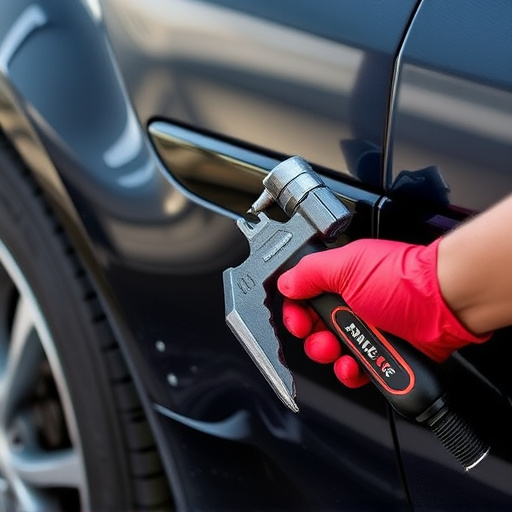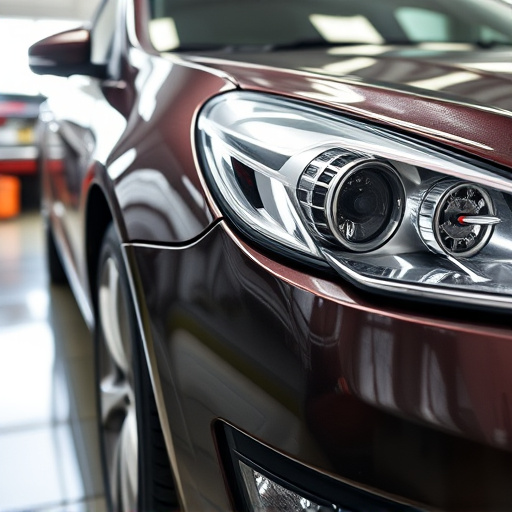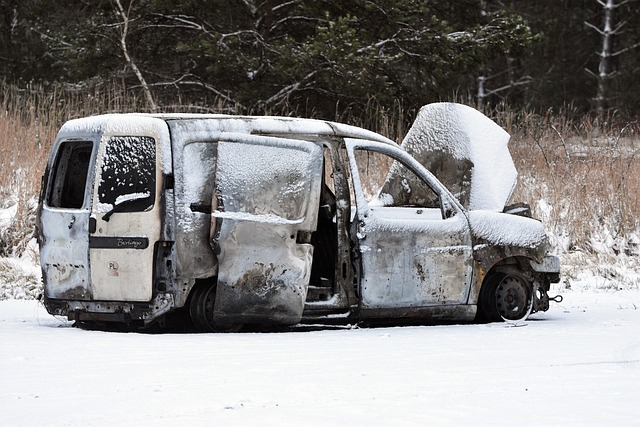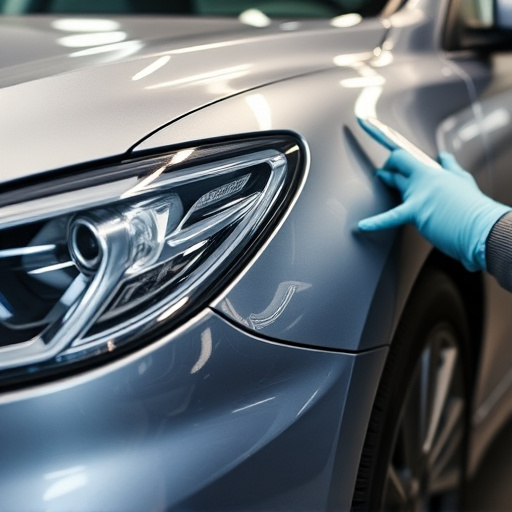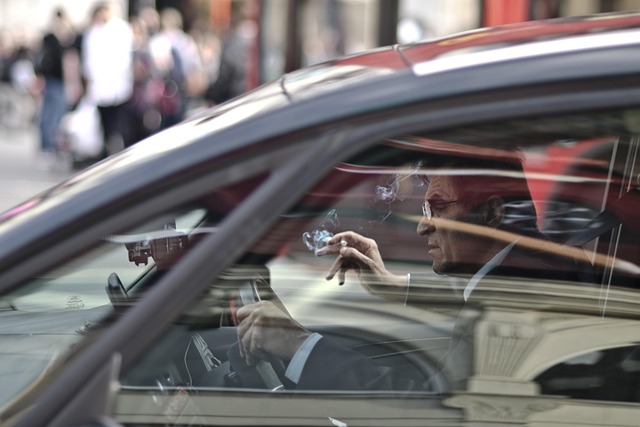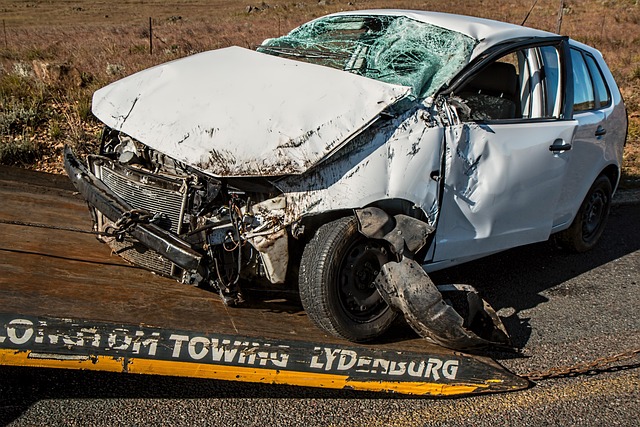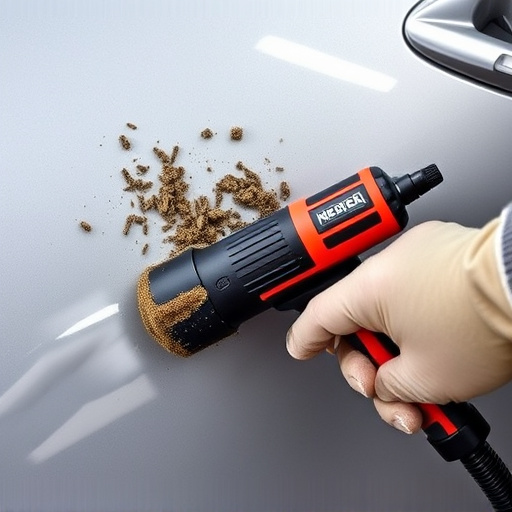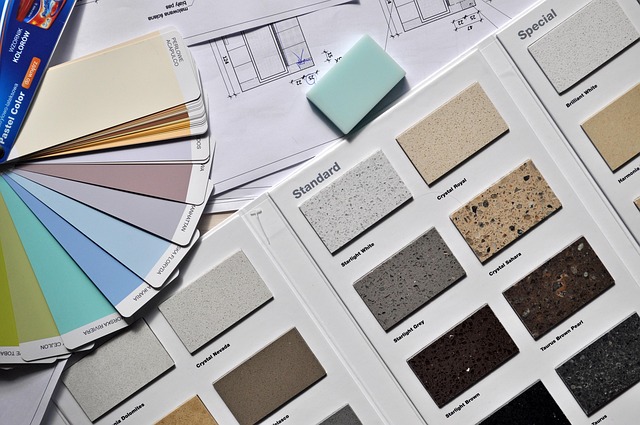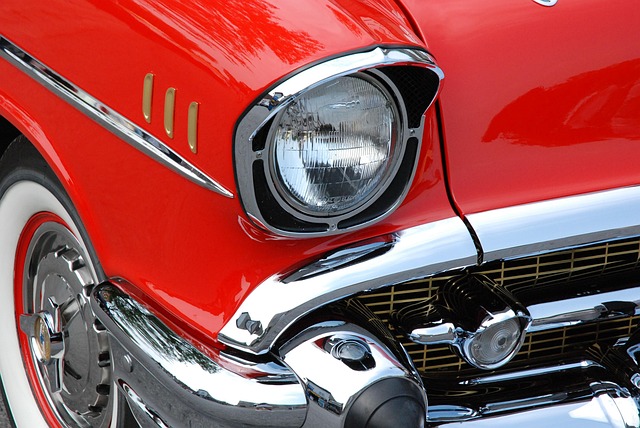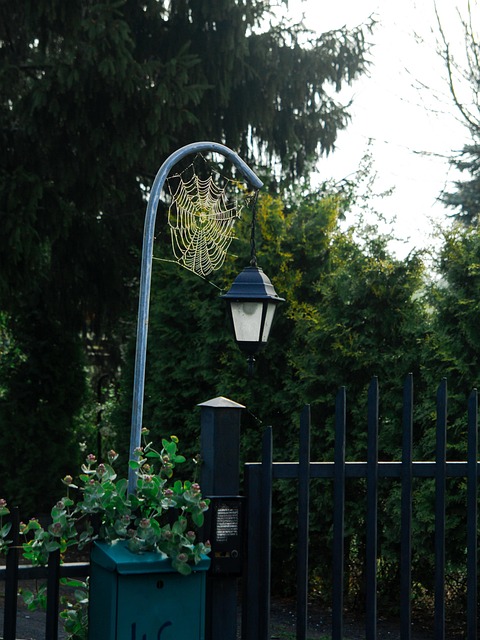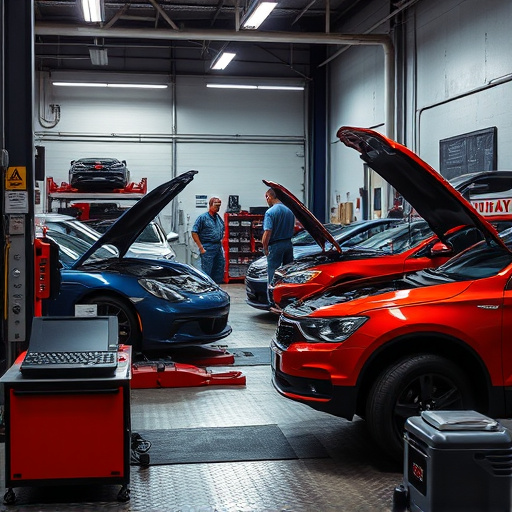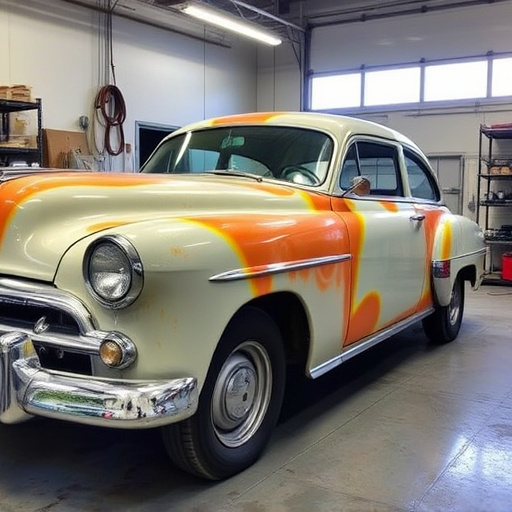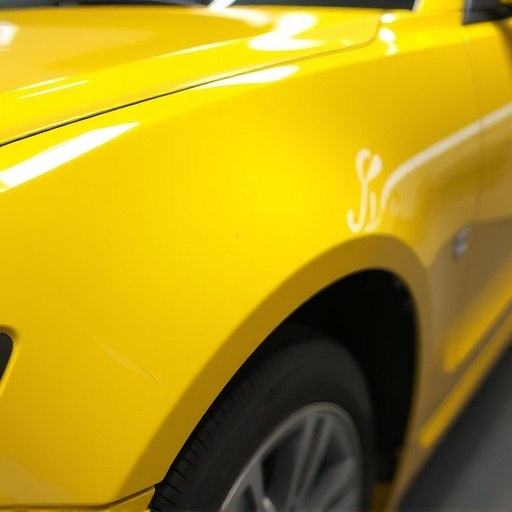Custom color matching is a meticulous process in auto repair, using advanced tools like spectrophotometers and digital calculators to accurately blend pigments for seamless repairs, enhancing visual appeal and preserving car value. Skilled technicians follow strict QA protocols for flawless results, aligning damaged areas with original factory finishes in both appearance and texture.
In today’s market, custom color matching is a critical aspect of ensuring customer satisfaction and product quality. This article delves into the intricacies of custom color matching processes, exploring how businesses accurately replicate and match specific hues for post-repair quality assurance (QA). We’ll discuss advanced techniques and tools used in QA to guarantee consistency and accuracy, ultimately enhancing product reliability and customer trust.
- Understanding Custom Color Matching Processes
- Post-Repair QA Techniques and Tools
- Ensuring Consistency and Accuracy in Color Matching
Understanding Custom Color Matching Processes
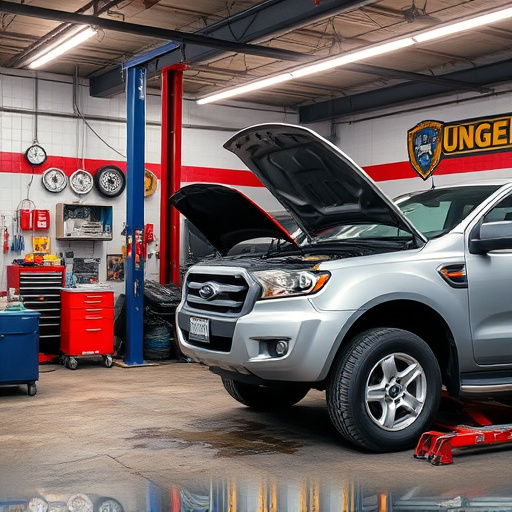
Custom color matching is a meticulous process that involves accurately replicating or recreating specific color codes for auto repair services and car body repairs. It’s an art as much as it is a science, requiring skilled technicians to match not just the shade but also the hue and saturation of the original paint job. This precision is crucial in ensuring that post-repair cars look like new, with seamless integration between old and new sections, especially during complex car damage repair processes.
The process typically begins with gathering detailed information about the original color, often through code numbers or swatches. Technicians then use specialized tools and software to mix pigments precisely, mimicking the exact color required for a flawless finish. This attention to detail is what sets apart quality auto repair services, ensuring that cars not only look good but also maintain their value.
Post-Repair QA Techniques and Tools
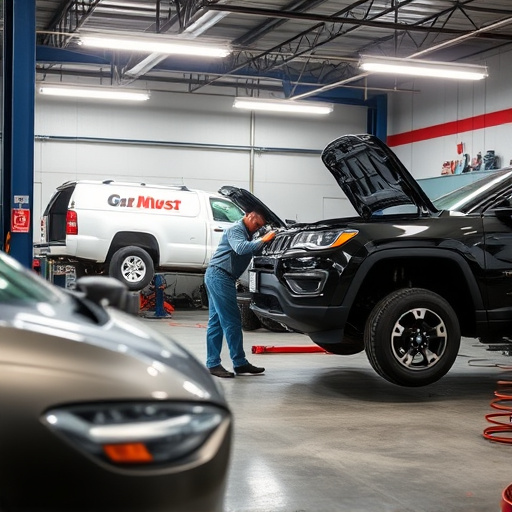
In the realm of auto repair shops and vehicle body repair, achieving precise custom color matching is paramount for post-repair quality assurance (QA). Advanced QA techniques leverage a suite of specialized tools to verify color consistency across various surfaces. These include spectrophotometers that measure color accuracy with high precision, ensuring each repair seamlessly blends into the existing vehicle body. Additionally, digital color calculators enable technicians to precisely mix paints based on detailed specifications, accounting for factors like base color, damage extent, and desired finish.
For car bodywork services, combining these modern tools with expert human judgment ensures a flawless outcome. Technicians use these QA measures not just during repair but also throughout the process, from initial assessment to final inspection. This multi-stage approach guarantees that every vehicle returns to its owner in excellent condition, matching the original specifications, including the precise custom color matching expected by discerning car enthusiasts.
Ensuring Consistency and Accuracy in Color Matching
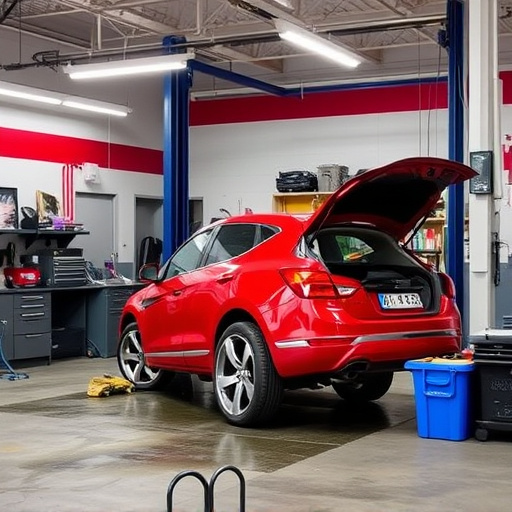
Achieving precise and consistent color matching is a cornerstone of any successful autobody repairs or fender repair process. This involves meticulous attention to detail during both the initial assessment and final restoration phases, especially in car collision repair scenarios. Skilled technicians utilize specialized tools and scientific methods to ensure that the new paint perfectly mirrors the original shade, eliminating visible discrepancies.
Consistency is key in custom color matching, as it guarantees that the repaired vehicle maintains its aesthetic integrity and market value. By adhering to strict quality assurance protocols, including spot tests and comprehensive visual inspections, technicians can confidently deliver flawless results. This meticulous approach ensures that every curve, contour, and corner of the damaged area aligns precisely with the original factory finish, creating a seamless blend that is virtually indistinguishable from the surrounding panels in both appearance and texture.
Custom color matching is a meticulous process that demands precision and expertise. By understanding the intricacies of these methods, as outlined in our discussion on understanding custom color matching processes, implementing robust post-repair QA techniques and utilizing specialized tools, professionals can achieve remarkable results. Maintaining consistency and accuracy in color matching ensures that repairs not only match the original but enhance its aesthetic appeal. This meticulous approach to custom color matching is vital for maintaining high-quality standards in any restoration or customization project.
